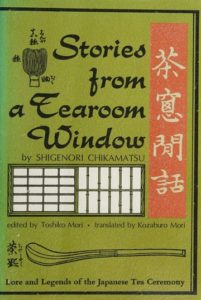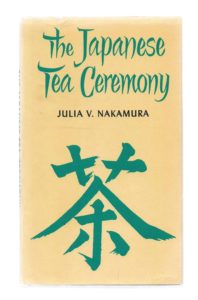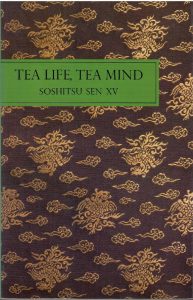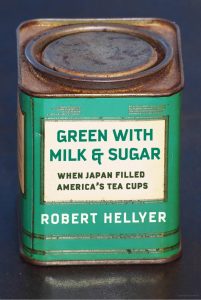 My policy is if it’s published by Tuttle, it’s usually a good book. Still, I’ve passed over this book a few times on the library shelf, because I mistook it as a historical collection of fictions. What this book really is, is a collection of recounted exchanges, anecdotes, and records of ownership of ‘mythical’ chanoyu utensils.
My policy is if it’s published by Tuttle, it’s usually a good book. Still, I’ve passed over this book a few times on the library shelf, because I mistook it as a historical collection of fictions. What this book really is, is a collection of recounted exchanges, anecdotes, and records of ownership of ‘mythical’ chanoyu utensils.
It’s a fairly short and easy read, so I’d say worth picking up. Alongside works like The Book of Tea, and Cha Jing, it doesn’t specifically have merit as a beginner’s guide; rather, it’s more for its historic merit, giving some insight into the history and cultural context of tea in Japan. Each anecdote is usually only a paragraph long, or at least less than a page. Continue reading






